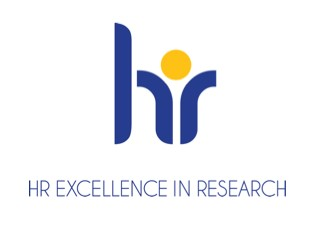Carlos Pipaón González
Área de Cáncer
h-index
14Currículum vitae
Carlos Pipaón González got his degree in Biology at the Universidad de Navarra and doctorated in Biology at the Universidad Autónoma de Madrid. He worked on his doctoral thesis at the Instituto de Investigaciones Biomédicas del CSIC in Madrid, studying the role of thyroid hormone in the development of the brain at the molecular level. He described the first gene as transcriptionally regulated by thyroid hormone during brain development in rats: EGR1. After this, he did a 3-year postdoctoral stay at Baylor College of Medicine in Houston, USA. There, he studied in further detail the transcriptional regulation of EGR1 by the orphan receptor COUP-TF, through a previously unknown mechanism mediated by Sp1 binding sites in the proximal promoter of the gene. This mechanism has been reported later in the action of COUP-TF in the development of the eye and other organs. In 1999 he returned to Spain with a contract at the Universidad de Cantabria (UC), associated to a research project in which, in collaboration with the enterprise Biomar, hundreds of compounds and marine extracts were screened in search for inhibitors of the jun kinase (JNK), that could act as anti-inflammatories or anti-tumorals, thus constituting an alternative to glucocorticoids in the treatment of these processes. They discovered several inhibitory molecules of JNK, from which a patent request was derived. In 2001 he joined the Molecular Genetic Unit at the Marques de Valdecilla University Hospital, where he took over a project that pursued the finding of new therapeutical targets against cancer and that had Fanconi Anemia as a model. He belonged to the national cooperative research network on Fanconi Anemia from its foundation that was funded by the National Institute of Health Carlos III and later by the Genoma España Foundation, through a research contract, in order to develop new therapies for Fanconi Anemia. He contributed with several works about the molecular mechanism of the pathology and organized one of the biannual scientific symposia of the Network in Santander. In 2009 he started his own group associated to the Hematology Department of the Hospital, the Molecular Hematology Laboratory (HEMMOL), where they have initiated new lines of research according to the priorities of the Department. Working together with the clinical researchers, their interests are aimed to unravel the molecular basis of hematological neoplasias like Mielodysplasic Syndrome, and Chronic Lymphocytic Leukemia in search of new markers and therapeutical targets. The group has published several works, they have presented communications in numerous national and international meetings and several doctoral thesis and master works have been directed. Recently, they have presented a patent on a method to predict the response to Fludarabine in patients subjected to bone marrow (hematopoietic progenitors) transplantation.
Métricas
Producción Científica
Se muestra en este gráfico el desglose por producto de la producción científica del investigador.
Evolución de publicaciones por Cuartiles
Se muestra en este gráfico la evolución de las publicaciones del investigador en los últimos cinco años, donde se indica el porcentaje de estas publicaciones en cada uno de los cuartiles por anualidad.
Factor de Impacto y Citas Totales
Se muestra en este gráfico la evolución del factor de impacto acumulado y las citas totales recibidas por las publicaciones del investigador en los últimos cinco años, con el desglose por anualidad.
Campos de Estudio
Producción Científica
Se muestra en este mapa el detalle de todas las instituciones con las que se ha colaborado el investigador en el ámbito de los productos de investigación. Se informa de la relación de instituciones por cada país.
 Actividad Investigadora
Actividad Investigadora
